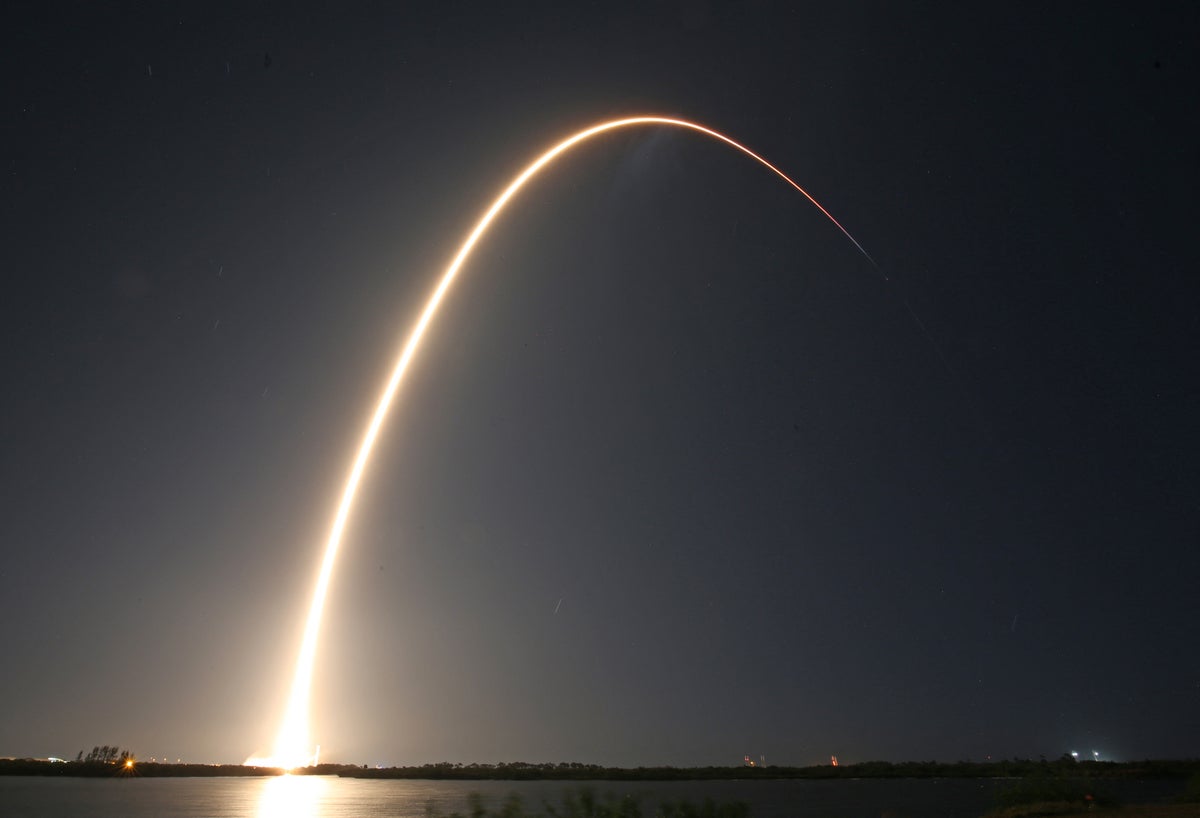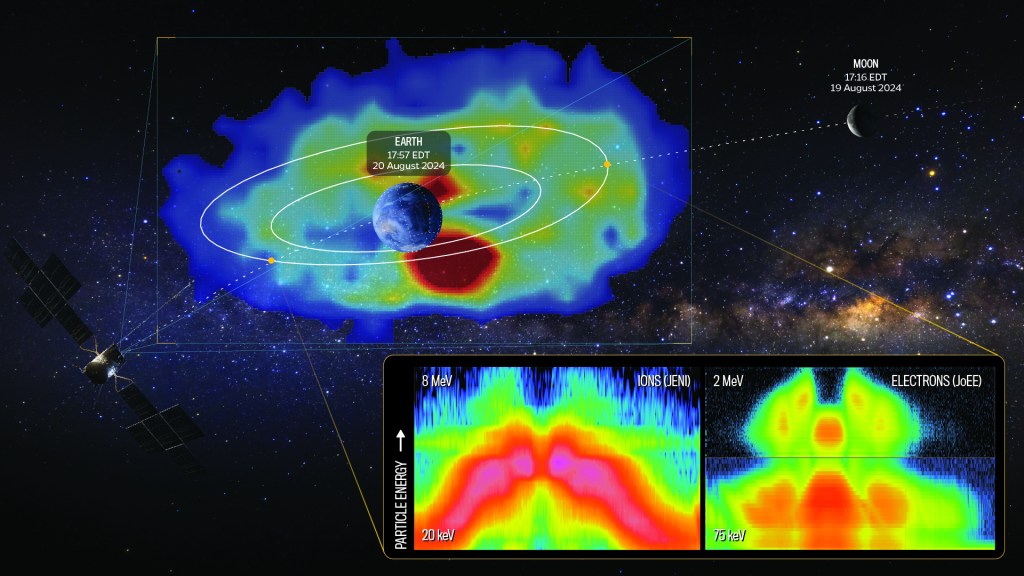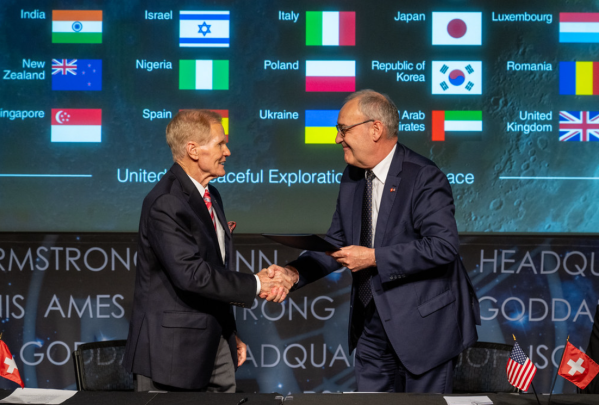NASA Open Science Reveals Sounds of Space
NASA has a long history of translating astronomy data into beautiful images that are beloved by the public. Through its Chandra X-ray Observatory and Universe of Learning programs, NASA brings that principle into the world of audio in a project known as “A Universe of Sound.” The team has converted openly available data from Chandra, […]

4 min read
NASA Open Science Reveals Sounds of Space

NASA has a long history of translating astronomy data into beautiful images that are beloved by the public. Through its Chandra X-ray Observatory and Universe of Learning programs, NASA brings that principle into the world of audio in a project known as “A Universe of Sound.” The team has converted openly available data from Chandra, supplemented by open data from other observatories, into dozens of “sonifications,” with more on the way.
Following the open science principle of accessibility, “A Universe of Sound” helps members of the public who are blind or low vision experience NASA data in a new sensory way. Sighted users also enjoy listening to the sonifications.
“Open science is this way to not just have data archives that are accessible and incredibly rich, but also to enhance the data outputs themselves,” said Dr. Kimberly Arcand, the visualization scientist and emerging technology lead at Chandra and member of NASA’s Universe of Learning who heads up the sonification team. “I want everybody to have the same type of access to this data that I do as a scientist. Sonification is just one of those steps.”
While the Chandra telescope provides data in X-ray wavelengths for most of the sonifications, the team also took open data from other observatories to create a fuller picture of the universe. Types of data used to create some of the sonifications include visual and ultraviolet light from the Hubble Space Telescope, infrared and visual light from the James Webb Space Telescope, and infrared light from the now-retired Spitzer Space Telescope.
The sonification team, which includes astrophysicist Matt Russo, musician Andrew Santaguida (both of the SYSTEM Sounds project), consultant Christine Malec, and Dr. Arcand, assigned each wavelength of observation to a different musical instrument or synthesized sound to create a symphony of data. Making the separate layers publicly available was important to the team to help listeners understand the data better.
“It’s not just about accessibility. It’s also about reproducibility,” Arcand said. “We’re being very specific with providing all of the layers of sound, and then describing what those layers are doing to make it more transparent and obvious which steps were taken and what process of translation has occurred.”
For example, in a sonification of the supernova remnant Cassiopeia A, modified piano sounds represent X-ray data from Chandra, strings and brass represent infrared data from Webb and Spitzer, and small cymbals represent stars located via visual light data from Hubble.
The team brought together people of various backgrounds to make the project a success – scientists to obtain and interpret the data, audio engineers to mix the sonifications, and members of the blind and low vision community to direct the product into something that brought a greater understanding of the data.
“Another benefit to open science is it tends to open those pathways of collaboration,” Arcand said. “We invite lots of different community members into the process to make sure we’re creating something that adds value, that adds to the greater good, and that makes the investment in the data worthwhile.”
A documentary about the sonifications called “Listen to the Universe” is hosted on NASA+. Visitors can listen to all the team’s sonifications, including the separate layers from each wavelength of observation, on the Universe of Sound website.
By Lauren Leese
Web Content Strategist for the Office of the Chief Science Data Officer
Share
Details
Related Terms
What's Your Reaction?














































